Home>Gardening & Outdoor>Outdoor Structures>What Size Shed Can I Build Without A Permit In Florida
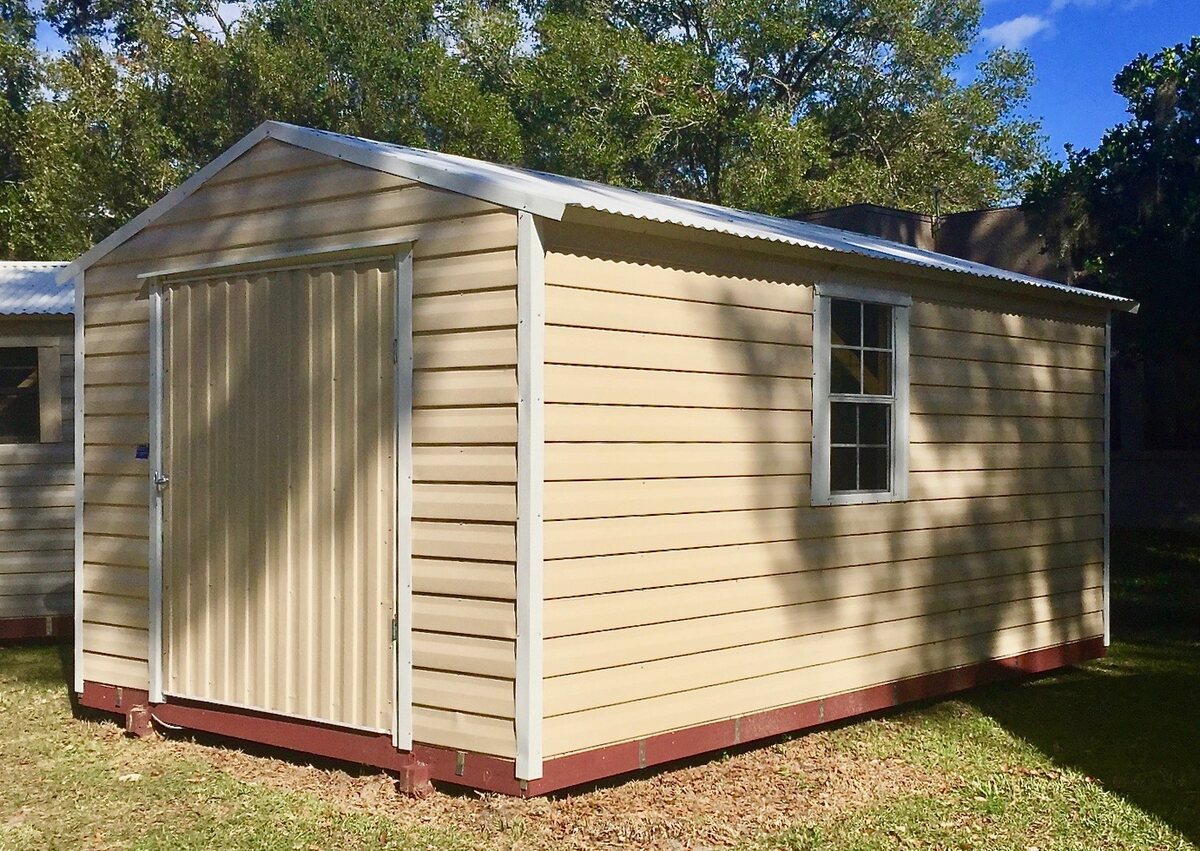

Outdoor Structures
What Size Shed Can I Build Without A Permit In Florida
Modified: January 20, 2024
Discover the regulations for building outdoor structures in Florida. Find out what size shed you can construct without a permit. Get expert advice on navigating permit requirements.
(Many of the links in this article redirect to a specific reviewed product. Your purchase of these products through affiliate links helps to generate commission for Storables.com, at no extra cost. Learn more)
Introduction
Building a shed on your property can provide valuable storage space and enhance the aesthetic appeal of your outdoor area. However, before embarking on this project, it’s crucial to understand the regulations surrounding shed construction in Florida. Navigating the permitting process and adhering to size restrictions are essential aspects of ensuring a smooth and compliant shed-building experience.
In this comprehensive guide, we will delve into the nuances of shed construction regulations in Florida, shedding light on the permissible shed sizes without a permit and the process of obtaining a permit for larger structures. By the end of this article, you will have a clear understanding of the guidelines that govern shed construction in the Sunshine State, empowering you to make informed decisions and embark on your shed-building journey with confidence.
Key Takeaways:
- In Florida, sheds 100 square feet or smaller may be built without a permit, but it’s important to check local regulations for setbacks and zoning requirements to ensure compliance.
- For larger sheds exceeding permit-exempt size limits, obtaining a permit is crucial. This involves submitting detailed plans, paying fees, and scheduling inspections to comply with building codes.
Understanding Shed Permit Regulations in Florida
Before embarking on a shed construction project in Florida, it’s essential to familiarize yourself with the state’s permit regulations. The regulations governing shed construction are designed to ensure safety, structural integrity, and compliance with local zoning laws. Understanding these regulations is crucial for avoiding potential legal issues and ensuring that your shed meets the necessary standards.
In Florida, the requirements for obtaining a permit to build a shed vary depending on the size and intended use of the structure. Typically, sheds that exceed a certain size threshold or are intended for specific uses, such as habitation or commercial activities, require a permit. The specific regulations can vary by county and municipality, so it’s important to consult the local building department or zoning office to determine the exact requirements for your area.
When applying for a permit, you may need to provide detailed plans and specifications for your shed, including information about its size, materials, foundation, and intended use. The permit application process may also involve fees and inspections to ensure that the construction complies with building codes and zoning regulations.
By familiarizing yourself with the shed permit regulations in Florida, you can ensure that your construction project proceeds smoothly and in compliance with the law. Whether you’re considering a small storage shed or a larger structure for a specific purpose, understanding the permit requirements is an essential first step in the shed-building process.
Shed Size Limits Without a Permit in Florida
Florida’s regulations regarding the construction of sheds without a permit are designed to accommodate smaller structures that pose minimal impact on the surrounding environment and neighboring properties. These size limits are in place to streamline the building process for homeowners while ensuring that the construction of small sheds remains within reasonable parameters.
While the specific size limits for sheds that can be built without a permit can vary by county and municipality, there are some general guidelines that are commonly observed across Florida. In many areas, sheds that are 100 square feet or less in size may be exempt from permit requirements. Additionally, some jurisdictions may allow for slightly larger sheds, such as those measuring up to 200 square feet, to be constructed without a permit.
It’s important to note that while a permit may not be required for sheds within these size limits, there are often additional regulations related to setbacks, location on the property, and other zoning considerations. For example, sheds may need to be positioned a certain distance from property lines or existing structures to comply with local zoning laws.
Before proceeding with the construction of a shed without a permit, it’s crucial to consult the local building department or zoning office to confirm the specific size limits and zoning requirements in your area. By doing so, you can ensure that your shed complies with all relevant regulations and avoid potential issues in the future.
Understanding the size limits for sheds that can be built without a permit in Florida is an important aspect of planning your construction project. By adhering to these limits and any associated zoning regulations, you can proceed with confidence, knowing that your shed is compliant with local requirements.
In Florida, you can typically build a shed up to 200 square feet without a permit. However, it’s always best to check with your local building department to confirm the regulations in your specific area.
Building a Shed With a Permit in Florida
When constructing a shed in Florida that exceeds the size limits for permit exemptions, obtaining a permit is a crucial step in ensuring compliance with building codes and zoning regulations. Building a shed with a permit involves navigating the application process, meeting specific requirements, and adhering to the guidelines set forth by local authorities.
The process of obtaining a permit for a shed construction project typically begins with submitting detailed plans and specifications to the local building department or permitting office. These plans may need to include information about the shed’s size, foundation, materials, structural design, and intended use. Additionally, the permit application process may involve paying fees and scheduling inspections to verify compliance with building codes.
It’s important to note that the requirements for shed permits can vary by county and municipality in Florida, so it’s essential to consult the relevant authorities to understand the specific guidelines that apply to your location. By engaging with the permitting office early in the planning process, you can gain clarity on the steps involved in obtaining a permit and ensure that your shed construction project proceeds smoothly.
Building a shed with a permit also provides the opportunity to construct larger and more versatile structures that can accommodate a wide range of uses, from storage and workshops to recreational spaces. With the proper permits in place, you can proceed with confidence, knowing that your shed meets the necessary regulatory standards and is positioned to enhance your property in a compliant and functional manner.
By understanding the process of obtaining a permit for shed construction in Florida and adhering to the applicable regulations, you can embark on your project with clarity and assurance. Whether you’re building a spacious workshop or a multifunctional storage solution, navigating the permitting process is a crucial step in bringing your shed construction vision to fruition.
Conclusion
Embarking on a shed construction project in Florida involves navigating a landscape of regulations, permit requirements, and size limits. By understanding the nuances of shed permit regulations in the Sunshine State, homeowners can make informed decisions and ensure compliance with local building codes and zoning laws.
For those considering building a shed without a permit, it’s essential to be aware of the size limits that govern exempt structures. While these limits can vary by jurisdiction, sheds of 100 square feet or less are commonly permitted without the need for a formal permit. However, it’s crucial to consider additional zoning regulations, such as setback requirements, to ensure full compliance with local laws.
On the other hand, for those planning to construct larger sheds that exceed the permit-exempt size limits, obtaining a permit is a critical step in the process. This involves engaging with the local building department or permitting office, submitting detailed plans, paying applicable fees, and scheduling inspections to verify compliance with building codes.
Regardless of the size and scope of the shed construction project, understanding the permit regulations in Florida empowers homeowners to proceed with confidence and clarity. By adhering to the applicable guidelines, individuals can bring their shed construction visions to life while ensuring that their structures are compliant, safe, and functional.
Ultimately, whether building a modest storage shed or a spacious workshop, navigating the permit regulations and size limits in Florida is a fundamental aspect of the shed construction process. By embracing these regulations and seeking guidance from local authorities when needed, homeowners can embark on their shed-building journey with knowledge and assurance, creating valuable and compliant additions to their properties.
Frequently Asked Questions about What Size Shed Can I Build Without A Permit In Florida
Was this page helpful?
At Storables.com, we guarantee accurate and reliable information. Our content, validated by Expert Board Contributors, is crafted following stringent Editorial Policies. We're committed to providing you with well-researched, expert-backed insights for all your informational needs.
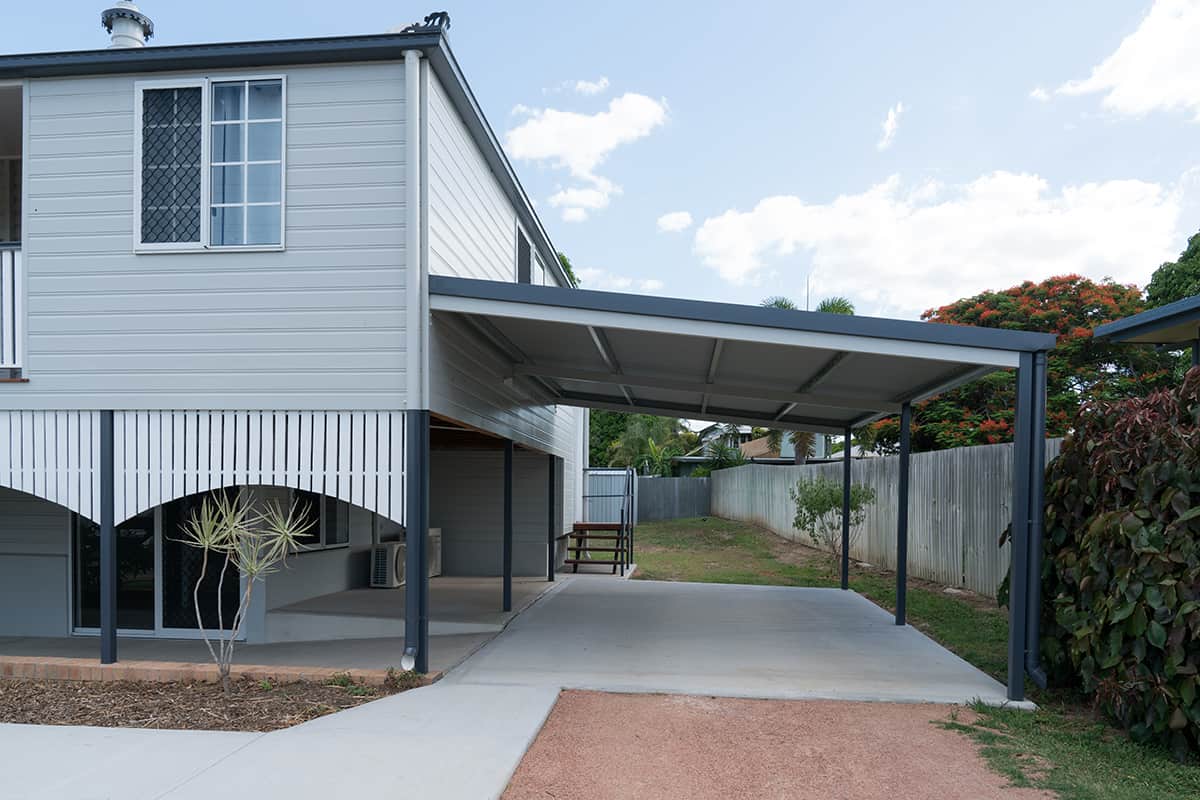
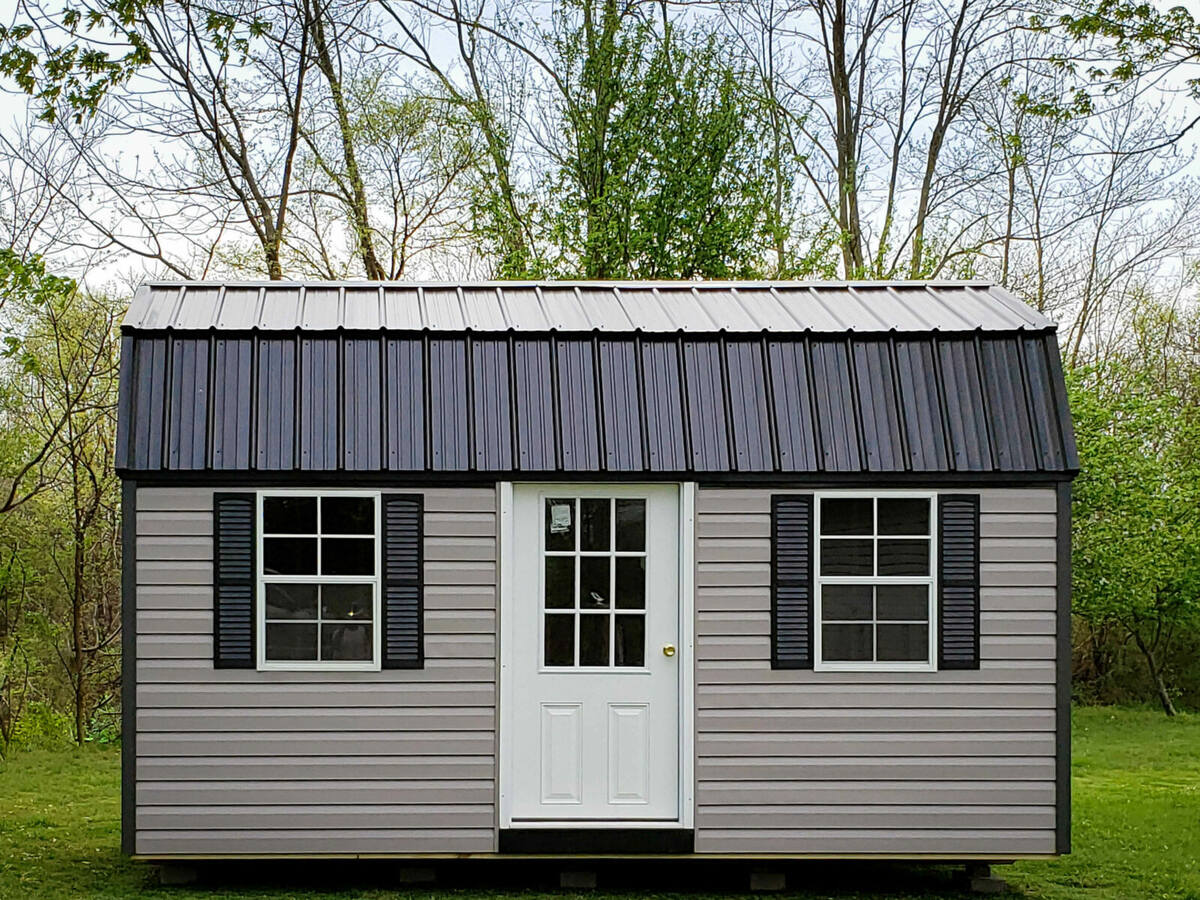

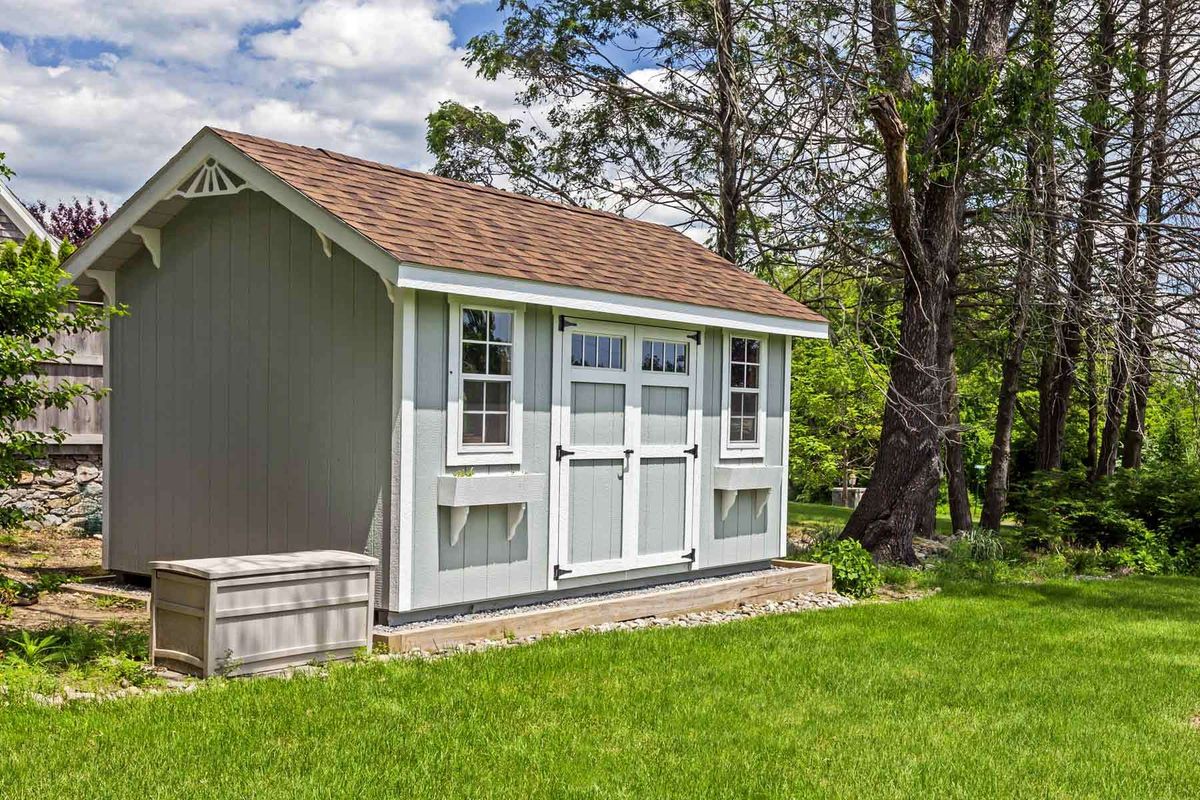

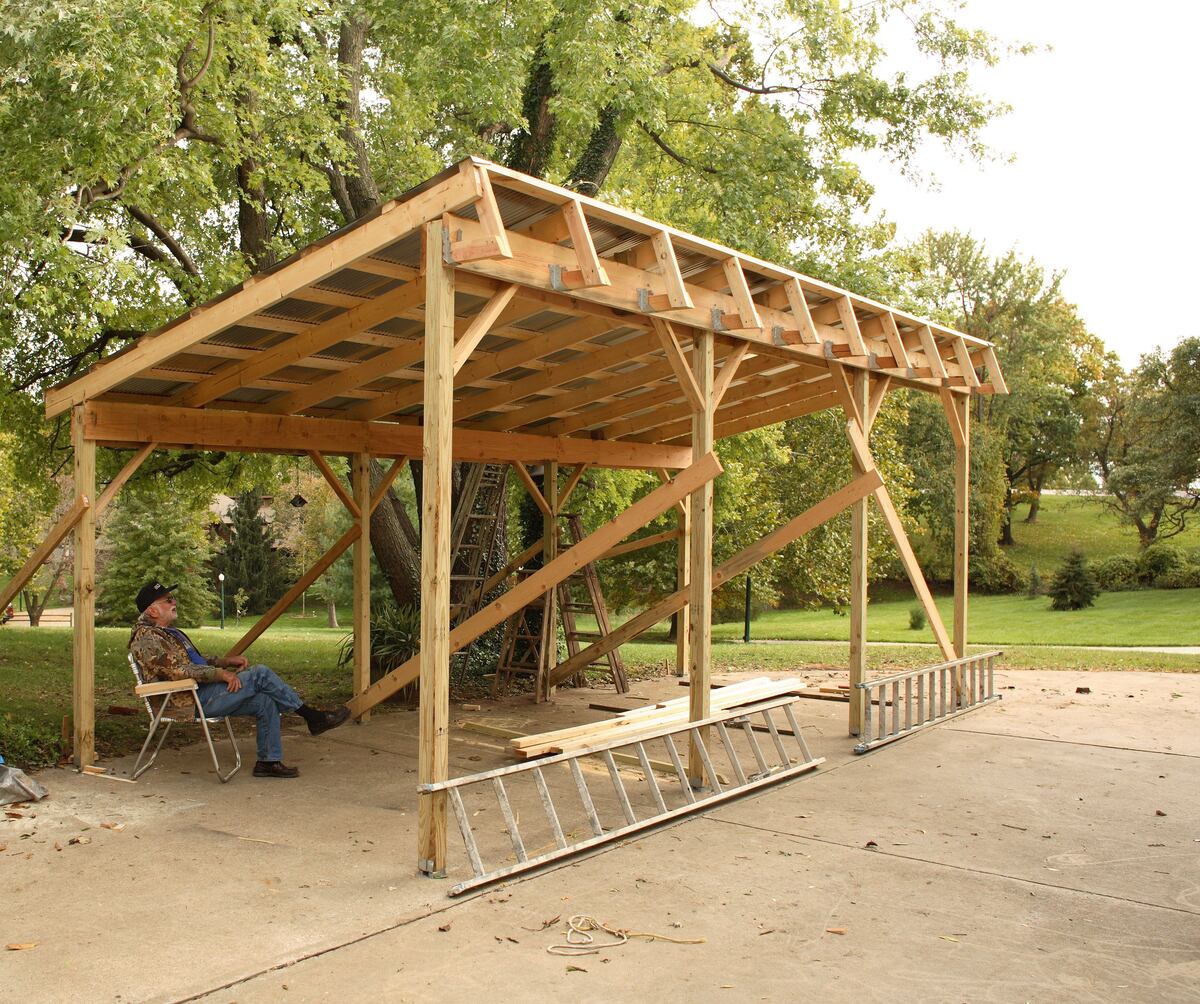
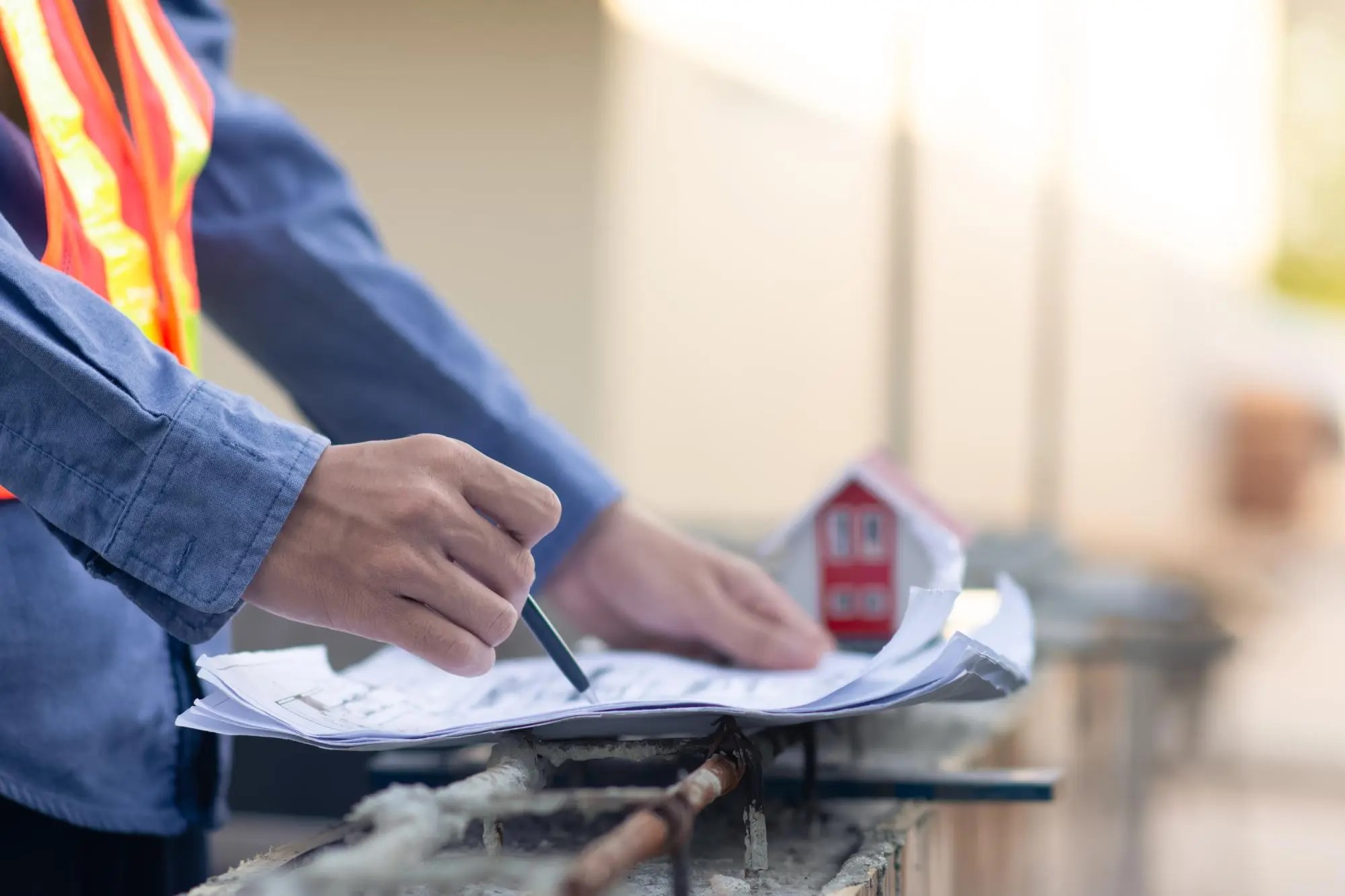
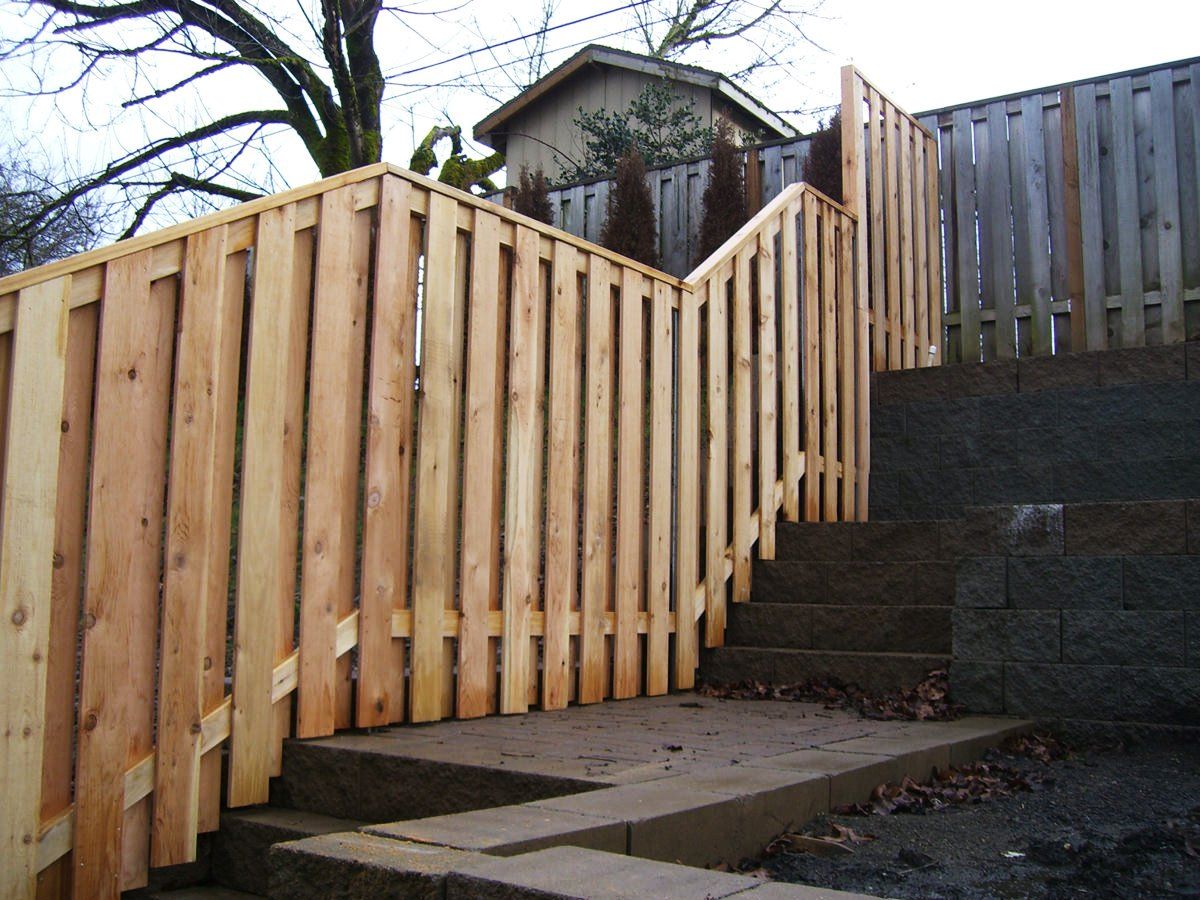
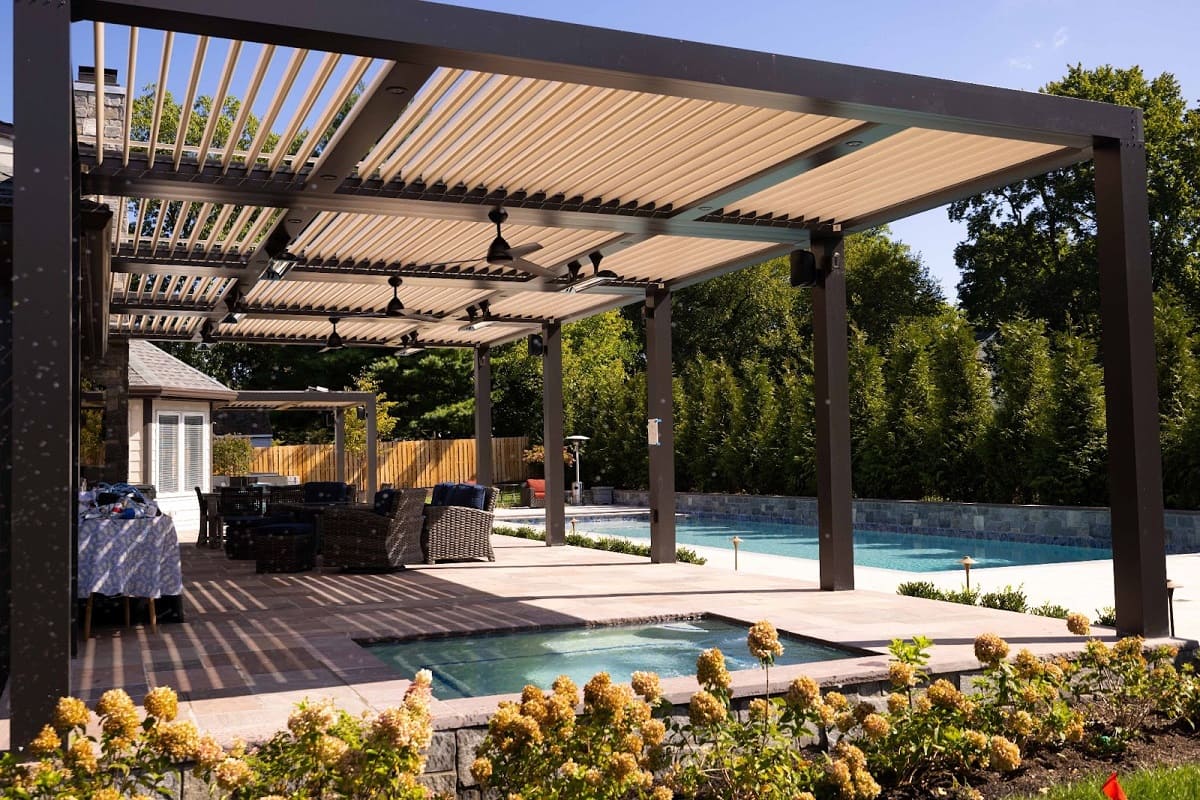
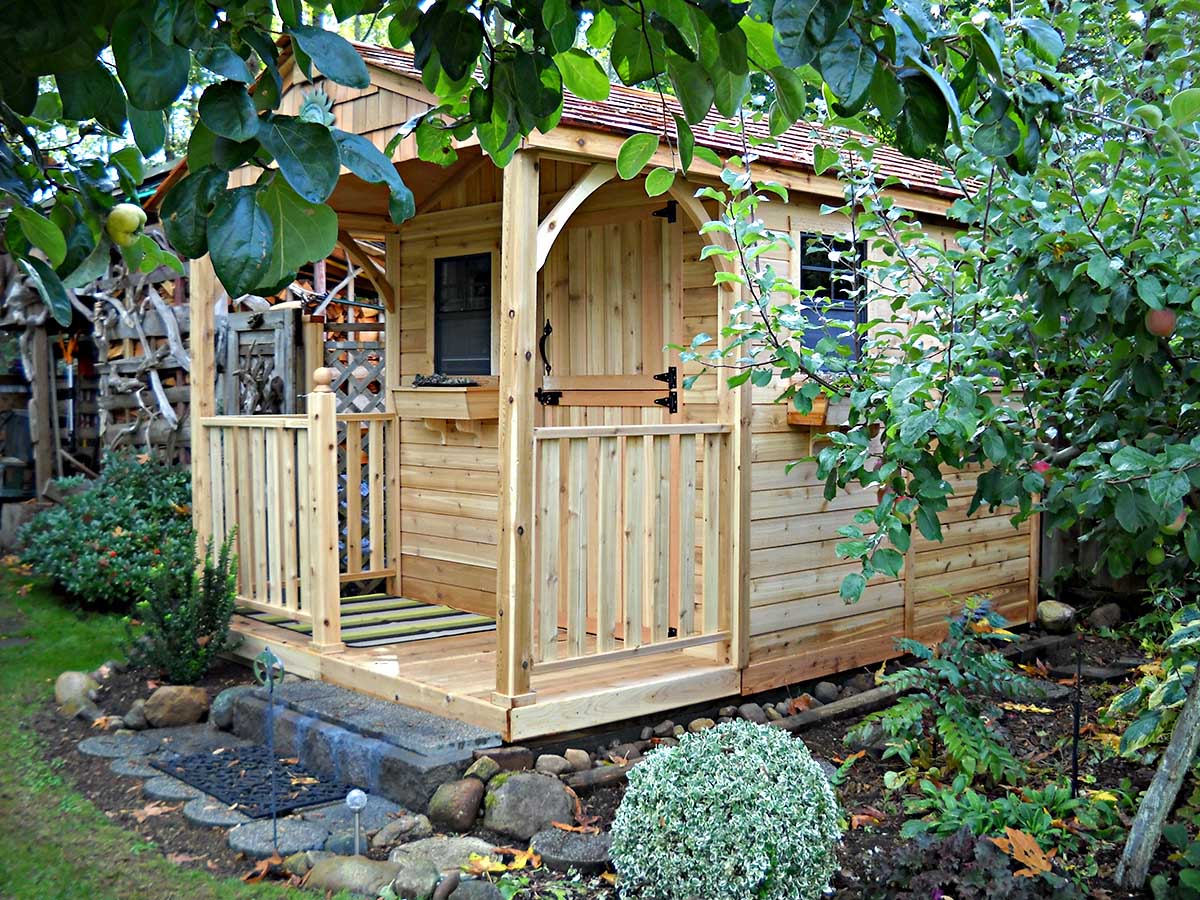
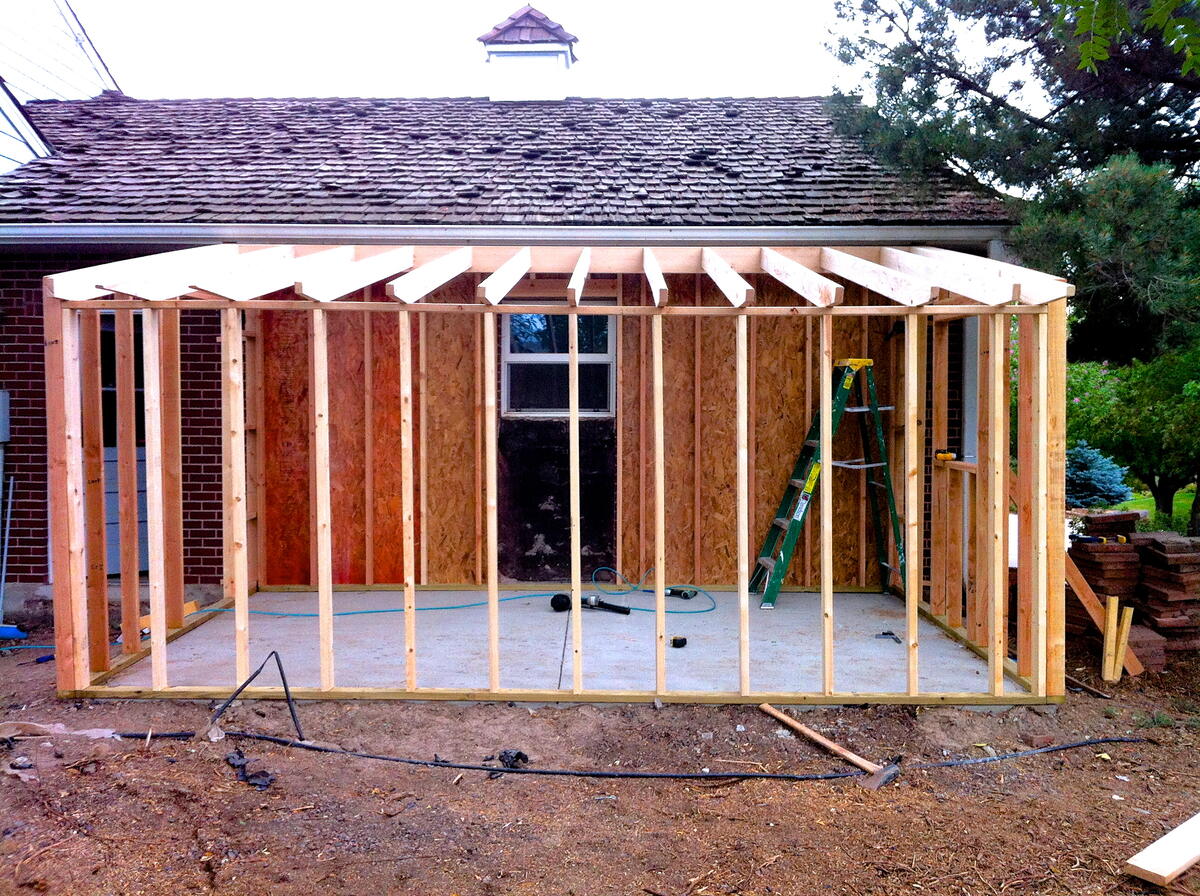
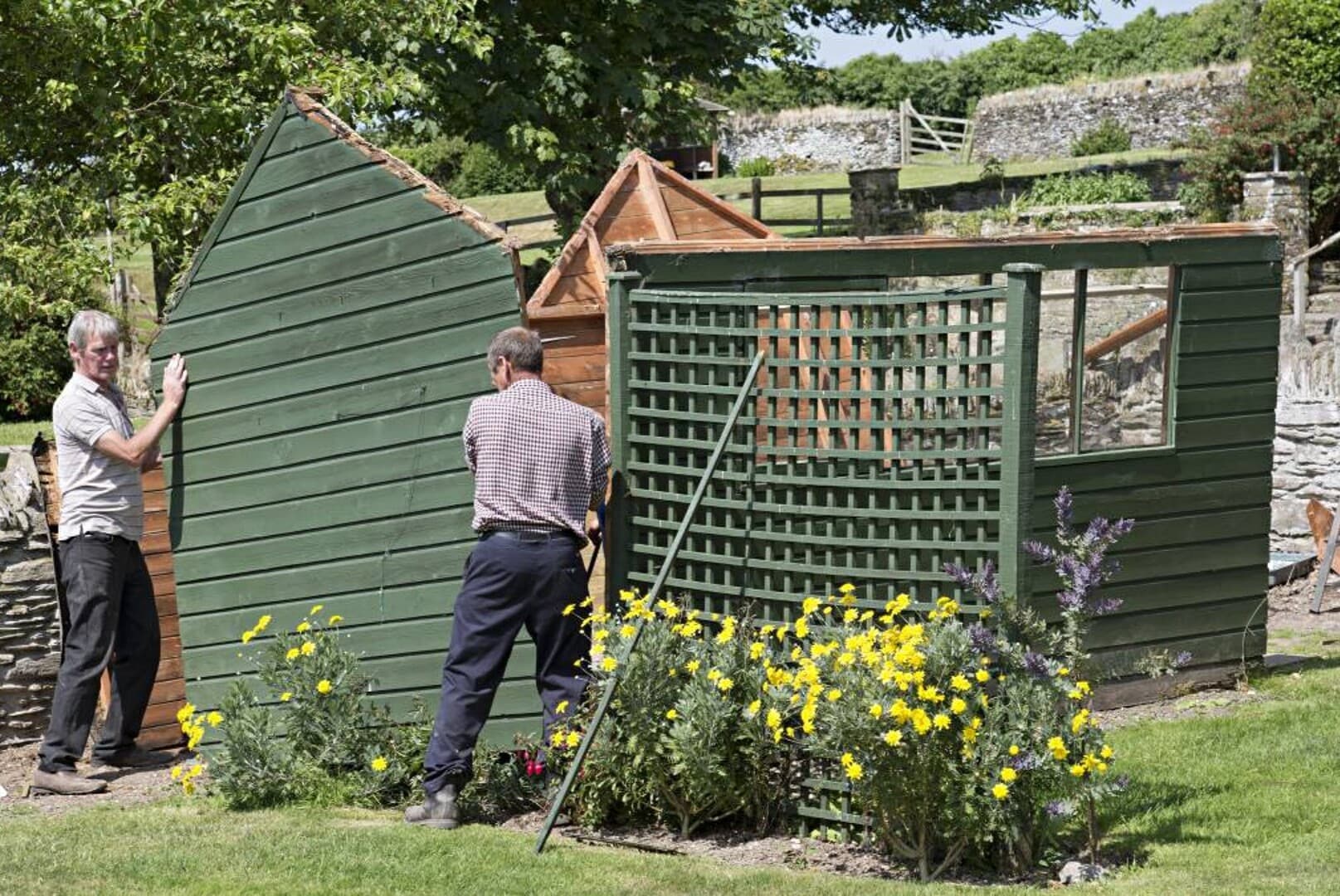

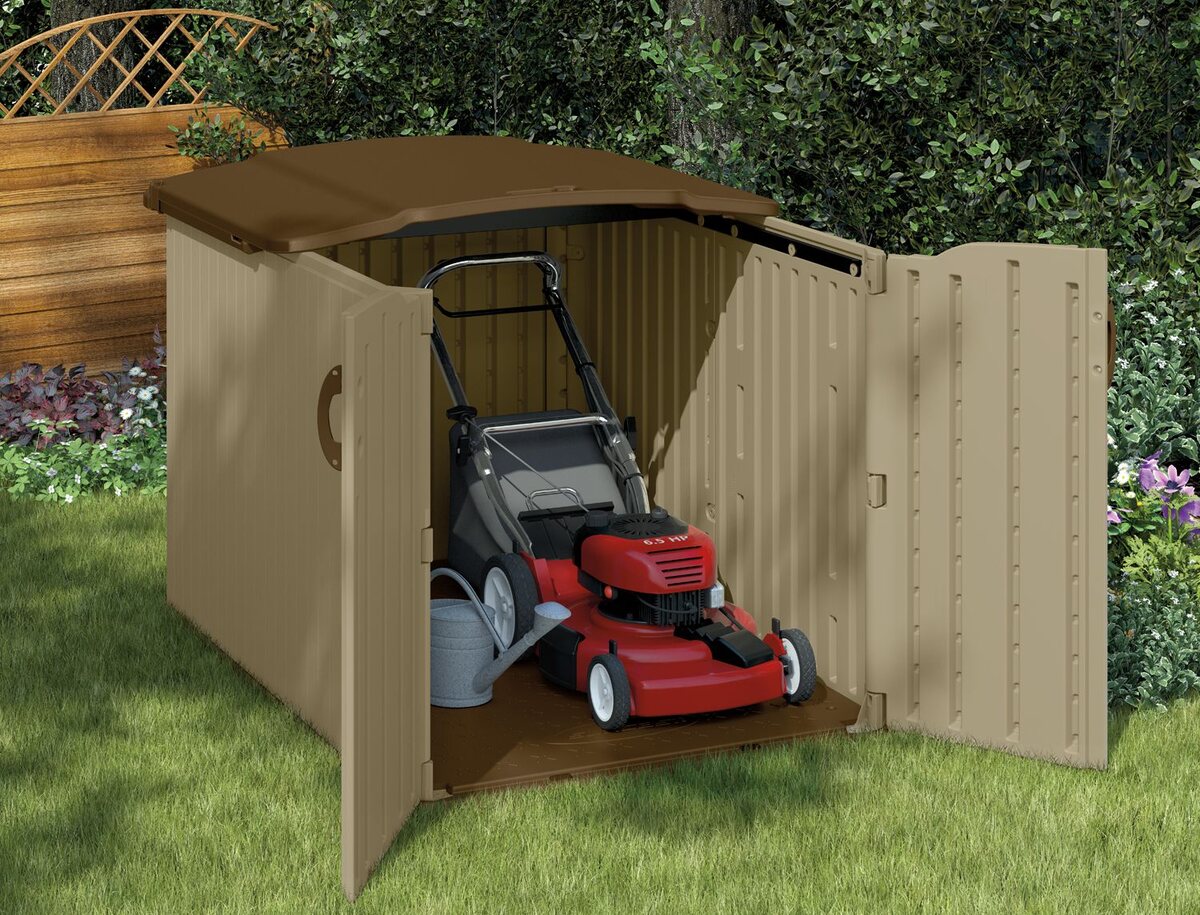
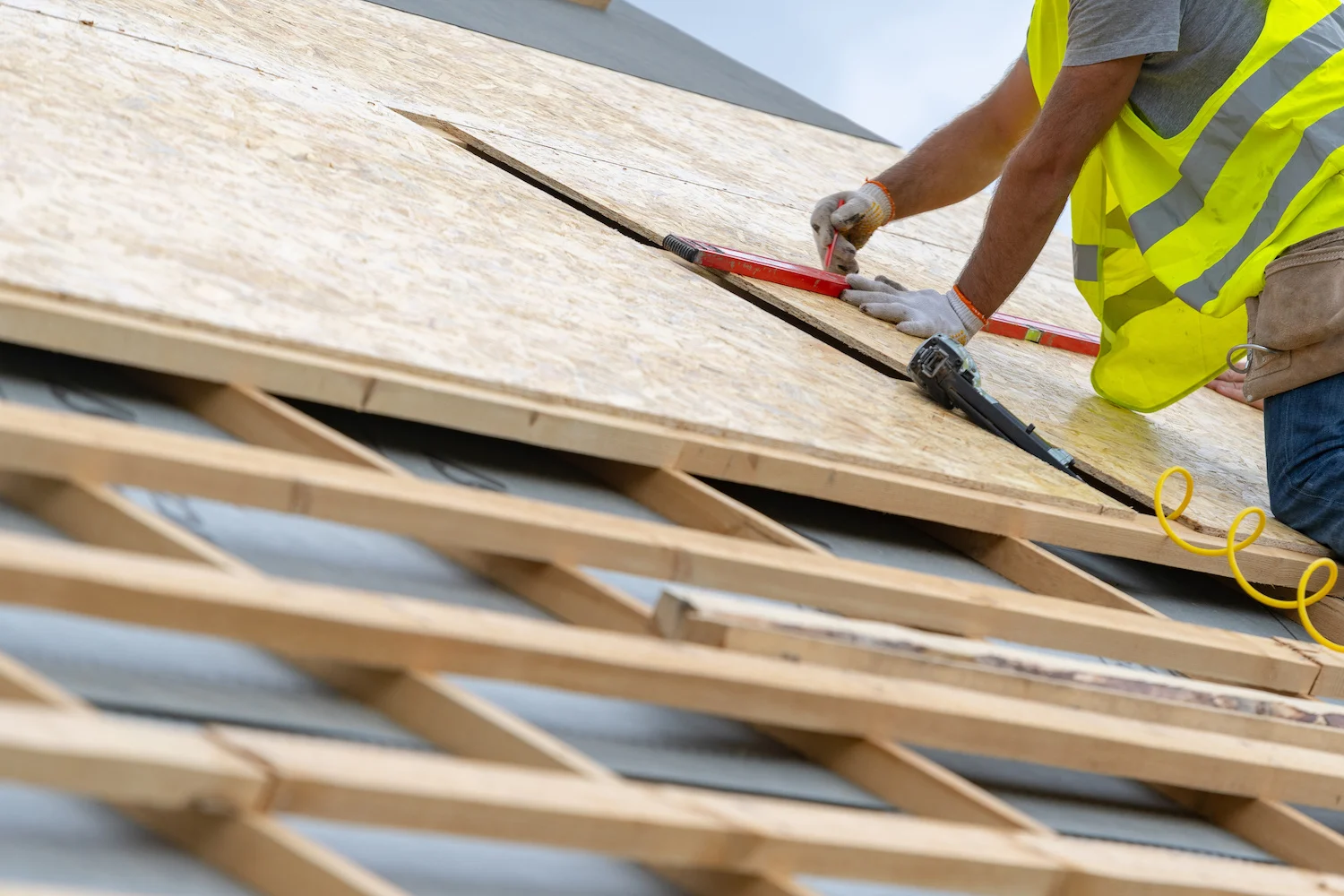

0 thoughts on “What Size Shed Can I Build Without A Permit In Florida”